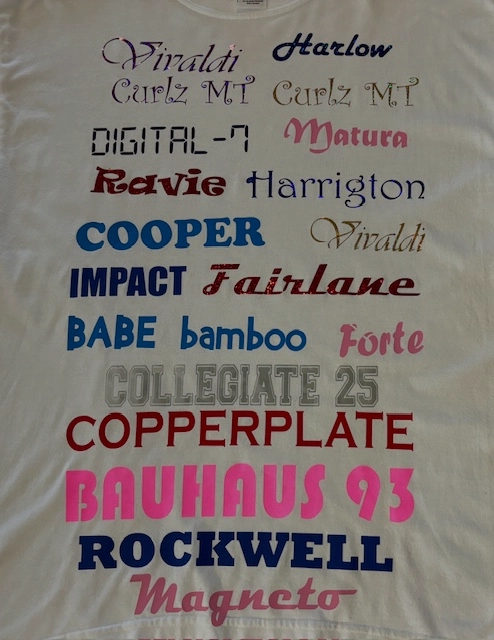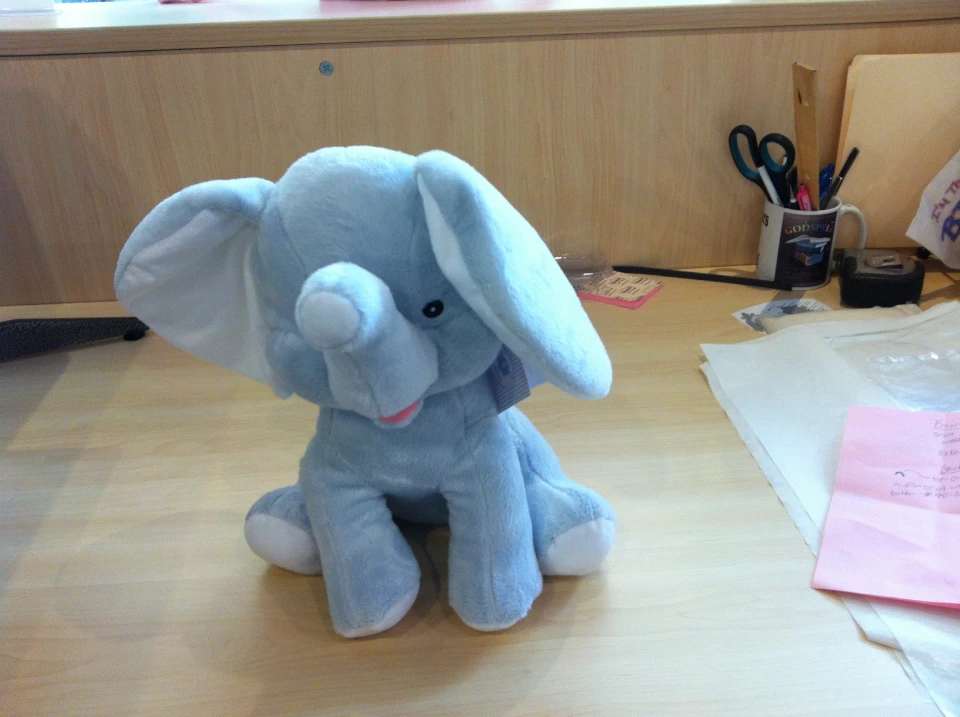The Art of Custom-made Embroidery: Unlocking the Tricks to Creating One-of-a-kind and Memorable Styles
Needlework, a craft soaked in custom and virtuosity, holds within its detailed stitches the power to transform fabric into a canvas of unique expression. The keys to producing personalized needlework layouts that astound the eye and leave a long lasting perception lie in a delicate balance of technique, imagination, and interest to detail. As we explore the globe of personalized needlework, we discover the nuanced interplay between thread selection, stitch intricacy, and style customization that elevates a simple garment to a job of art. Join us on a journey via the art of custom needlework as we unwind the secrets behind crafting really memorable and distinctive creations.
Choosing the Right Needlework Threads
When picking needlework strings, what key elements should you think about to guarantee the ideal outcomes for your personalized designs? The option of embroidery thread is important in figuring out the last result of your stitched design.
Additionally, the weight or density of the string plays a significant role in the appearance of the needlework. Thicker strings can include dimension and texture to your style, while finer strings are excellent for elaborate information and little message. Additionally, considering the color fastness and washability of the thread is vital to make certain that your custom layouts keep their top quality and vibrancy gradually. By meticulously examining these aspects and selecting high-quality threads that satisfy your particular needs, you can enhance the aesthetic charm and durability of your embroidered productions.
Exploring Different Stitch Strategies
To dig into the world of 'Exploring Different Stitch Techniques', one should grasp the ins and outs and nuances that each stitching method offers the art of embroidery. Different stitch strategies not only include visual rate of interest but also add to the general texture and measurement of the layout. One preferred stitch technique is the satin stitch, which involves closely stuffed parallel stitches to produce a smooth and shiny surface, ideal for filling out shapes and producing bold details.
On the various other hand, the backstitch is a versatile technique usually used for detailing and including fine details. It includes sewing backwards to develop a strong line of embroidery. In addition, the French knot stitch adds a tactile aspect to layouts, excellent for producing textured accents like flower centers or ornamental touches.
Discovering different stitch techniques allows embroiderers to play with light, darkness, and depth within their styles, elevating the aesthetic appeal and imaginative top quality of their embroidery projects. By understanding various sewing methods, one can unlock countless opportunities for producing one-of-a-kind and remarkable customized needlework pieces.
Incorporating Personalized Design Aspects
Having actually checked out the intricacies of various stitch techniques such as the satin stitch, backstitch, and French knot, the emphasis now shifts in the direction of integrating customized design aspects in personalized needlework tasks. Customized style aspects play an important duty in making embroidery tasks really unique and remarkable. One means to incorporate customization is by adding initials, names, or considerable days to the layout. This not only sewing alterations near me includes a customized touch but also improves the emotional value of the needlework item.
Another way to include customized layout aspects is by consisting of icons or concepts that hold special definition to the recipient or mirror their rate of interests visite site and personality. Incorporating a favored flower, animal, or hobby-related icon can make the needlework style extra meaningful and customized. In addition, choosing shades that reverberate with the recipient or align with the designated motif can further improve the personalization of the needlework project.
Mastering the Art of Shade Coordination

One secret aspect of color control is comprehending shade concept. This includes understanding how various shades communicate with each other, the emotions they communicate, and how they can be integrated to develop visually enticing designs. By applying shade concept principles, embroiderers can produce unified color schemes that enhance the overall look of the layout.
Furthermore, paying interest to contrast is essential in color coordination. Using contrasting shades can help specific components of the layout pop, improve clarity, and produce a visually dynamic needlework item. By understanding the art of shade coordination, embroiderers can raise their styles and develop remarkable items that resonate with clients and viewers alike.
Enhancing Structure With Advanced Needlework Stitches

French knots, for instance, are best for adding little, increased dots to your layout, resembling the look of beads or creating a distinctive surface area. Bullion knots, on the various other hand, can be utilized to produce twisted, ropelike components that add an elegant feel to the embroidery. Seed stitching includes small, scattered stitches that can fill up in locations with a speckled texture, while turkey work produces cosy, dimensional accents similar to animal fur or foliage. Trying out these sophisticated embroidery stitches enables you to push the limits of typical needlework and develop really distinct and visually appealing textures in your styles.
Conclusion
In conclusion, the art of custom needlework entails a mix of selecting the appropriate threads, discovering different stitch techniques, including personalized layout aspects, understanding color coordination, and enhancing appearance with sophisticated stitches. By understanding and applying these crucial elements, embroiderers can create one-of-a-kind and unforgettable designs that display their imagination and skill. Needlework lovers can unlock the keys to producing beautiful and bespoke pieces that stick out and leave a long lasting impact.